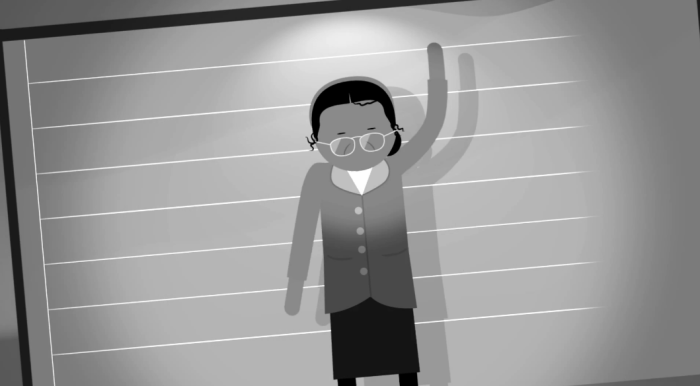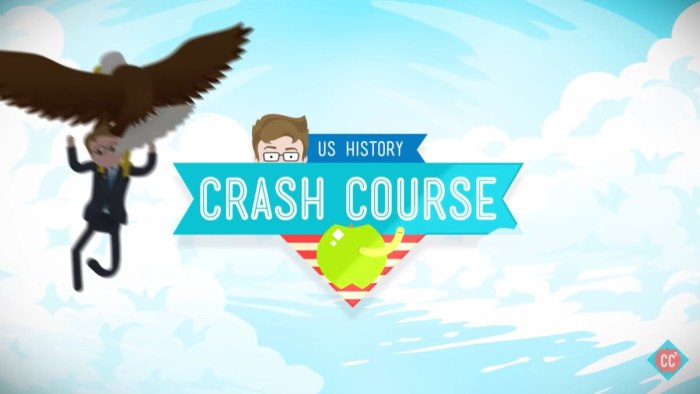Civil rights and the 1950s crash course us history #39: This topic delves into a transformative period in American history, marked by the rise of the Civil Rights Movement and the pursuit of equal rights for all. This era witnessed landmark events, influential figures, and legal milestones that shaped the course of the nation.
As we embark on this journey through the 1950s, we will explore the historical context that set the stage for the Civil Rights Movement, examining the challenges faced by African Americans and other marginalized groups. We will trace the movement’s origins, key events, and the individuals who dedicated their lives to the cause of justice and equality.
Civil Rights and the 1950s

The 1950s was a pivotal decade in the history of the United States, marked by significant social and political changes. Amidst the economic prosperity and technological advancements, the decade also witnessed the rise of the Civil Rights Movement, a transformative struggle for racial equality and justice.
Brown v. Board of Education
The Brown v. Board of Education Supreme Court case, decided in 1954, was a landmark victory for the Civil Rights Movement. The Court ruled unanimously that racial segregation in public schools was unconstitutional, overturning the “separate but equal” doctrine established by the Plessy v.
Ferguson case in 1896. This decision paved the way for the desegregation of schools across the country and became a catalyst for further civil rights activism.
The Montgomery Bus Boycott, Civil rights and the 1950s crash course us history #39
The Montgomery Bus Boycott, which lasted from 1955 to 1956, was a successful nonviolent protest against racial segregation on public transportation in Montgomery, Alabama. The boycott was sparked by the arrest of Rosa Parks, an African American woman, for refusing to give up her seat to a white man.
Led by Martin Luther King Jr., the boycott gained national attention and support and ultimately resulted in the desegregation of Montgomery’s buses.
The Little Rock Nine
The Little Rock Nine incident, which occurred in 1957, involved the enrollment of nine African American students into Central High School in Little Rock, Arkansas. Their enrollment was met with violent resistance from white protestors and Arkansas National Guardsmen. President Eisenhower intervened and sent federal troops to escort the students into the school, demonstrating the federal government’s commitment to enforcing school desegregation.
The Civil Rights Act of 1957
The Civil Rights Act of 1957 was a landmark piece of legislation that strengthened federal enforcement of civil rights laws. The act created the Civil Rights Commission to investigate and report on civil rights violations, and it also gave the federal government authority to prosecute individuals who interfered with the right to vote.
The March on Washington
The March on Washington for Jobs and Freedom, held in 1963, was a massive demonstration for civil rights. Over 200,000 people gathered in Washington, D.C., to demand equal rights for African Americans. The march is best known for Martin Luther King Jr.’s
iconic “I Have a Dream” speech, which called for an end to racial discrimination and segregation.
Essential FAQs: Civil Rights And The 1950s Crash Course Us History #39
What was the significance of the Brown v. Board of Education Supreme Court case?
The Brown v. Board of Education case overturned the “separate-but-equal” doctrine established by the Plessy v. Ferguson case in 1896. It ruled that racial segregation of public schools was unconstitutional, paving the way for the desegregation of schools across the United States.
Who was Rosa Parks and what was her role in the Montgomery Bus Boycott?
Rosa Parks was an African American woman who refused to give up her seat on a bus to a white man in Montgomery, Alabama, in 1955. Her arrest sparked the Montgomery Bus Boycott, a year-long protest that led to the desegregation of buses in the city.
What was the purpose of the March on Washington for Jobs and Freedom?
The March on Washington for Jobs and Freedom was a massive protest march held in Washington, D.C., in 1963. The march aimed to highlight the ongoing struggle for civil rights and economic equality for African Americans and other marginalized groups.

